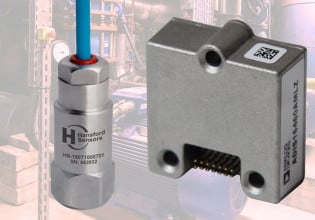D
Hi Guys,
I am on a new equipment installation and we are using an Allen Bradley 845G Absolute 10 bit Gray Code encoder connected to a 1794-IV16 24VDC Sourcing Flex I/O Input Module talking thru ControlNet to a ControlLogix PLC. The problem I am having is that my encoder counts are jumping all over the place. I have the correct Gray code to Binary conversion logic, I have tried a new cable, a new encoder and checked the wiring several times. I have isolated the encoder from possible noise by taking it off the machine and turning it by hand. Still have the same problem. The encoder is turning at a slow speed so speed is not an issue. The encoder is used to time when several pieces are to perform their tasks in relation to our conveyor. Does anyone have any ideas on what might be wrong. Being the weekend I cannot contact Tech Support and we really need to have this fixed by Monday. Thanks in advance for any help.
I am on a new equipment installation and we are using an Allen Bradley 845G Absolute 10 bit Gray Code encoder connected to a 1794-IV16 24VDC Sourcing Flex I/O Input Module talking thru ControlNet to a ControlLogix PLC. The problem I am having is that my encoder counts are jumping all over the place. I have the correct Gray code to Binary conversion logic, I have tried a new cable, a new encoder and checked the wiring several times. I have isolated the encoder from possible noise by taking it off the machine and turning it by hand. Still have the same problem. The encoder is turning at a slow speed so speed is not an issue. The encoder is used to time when several pieces are to perform their tasks in relation to our conveyor. Does anyone have any ideas on what might be wrong. Being the weekend I cannot contact Tech Support and we really need to have this fixed by Monday. Thanks in advance for any help.






